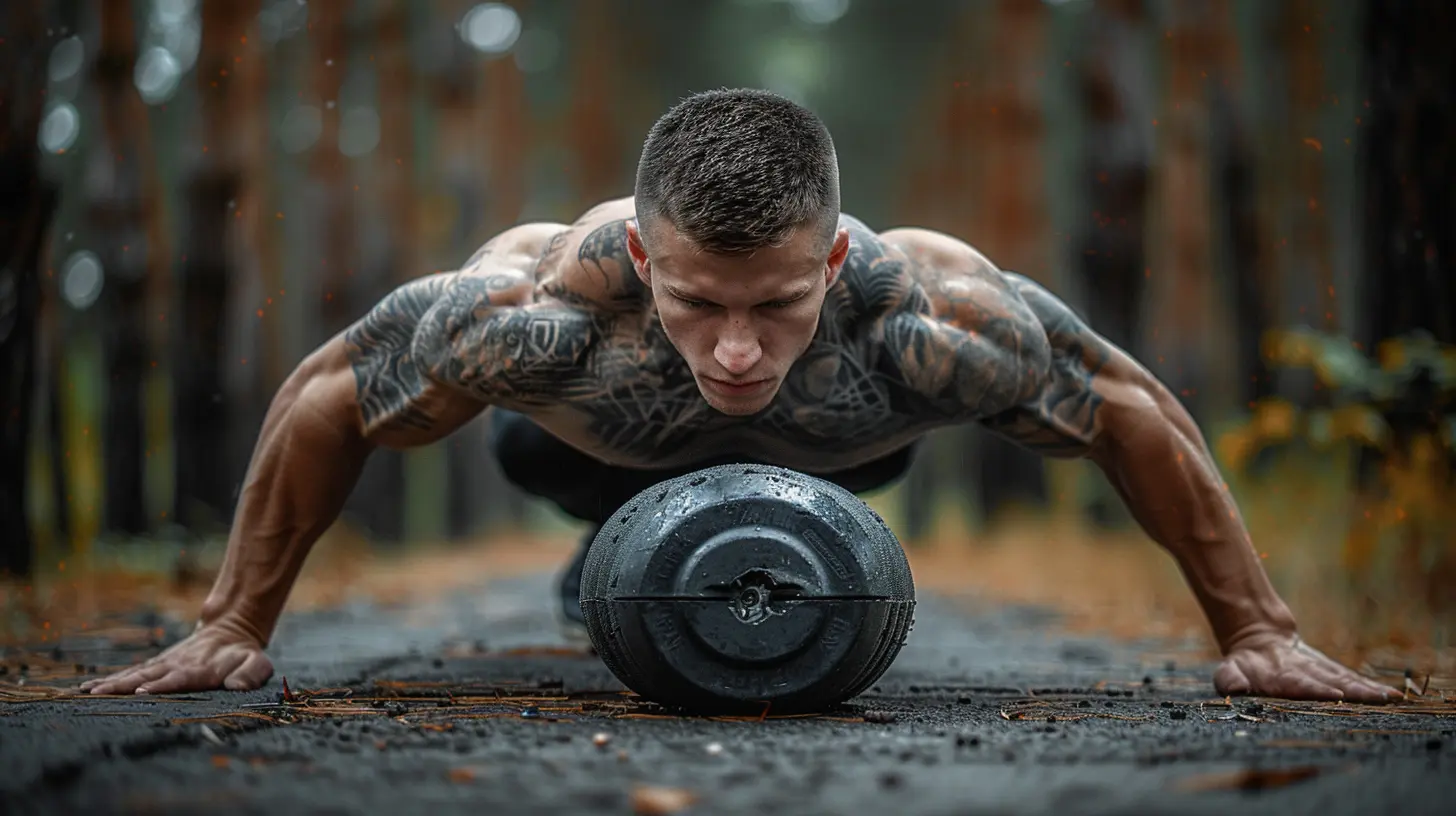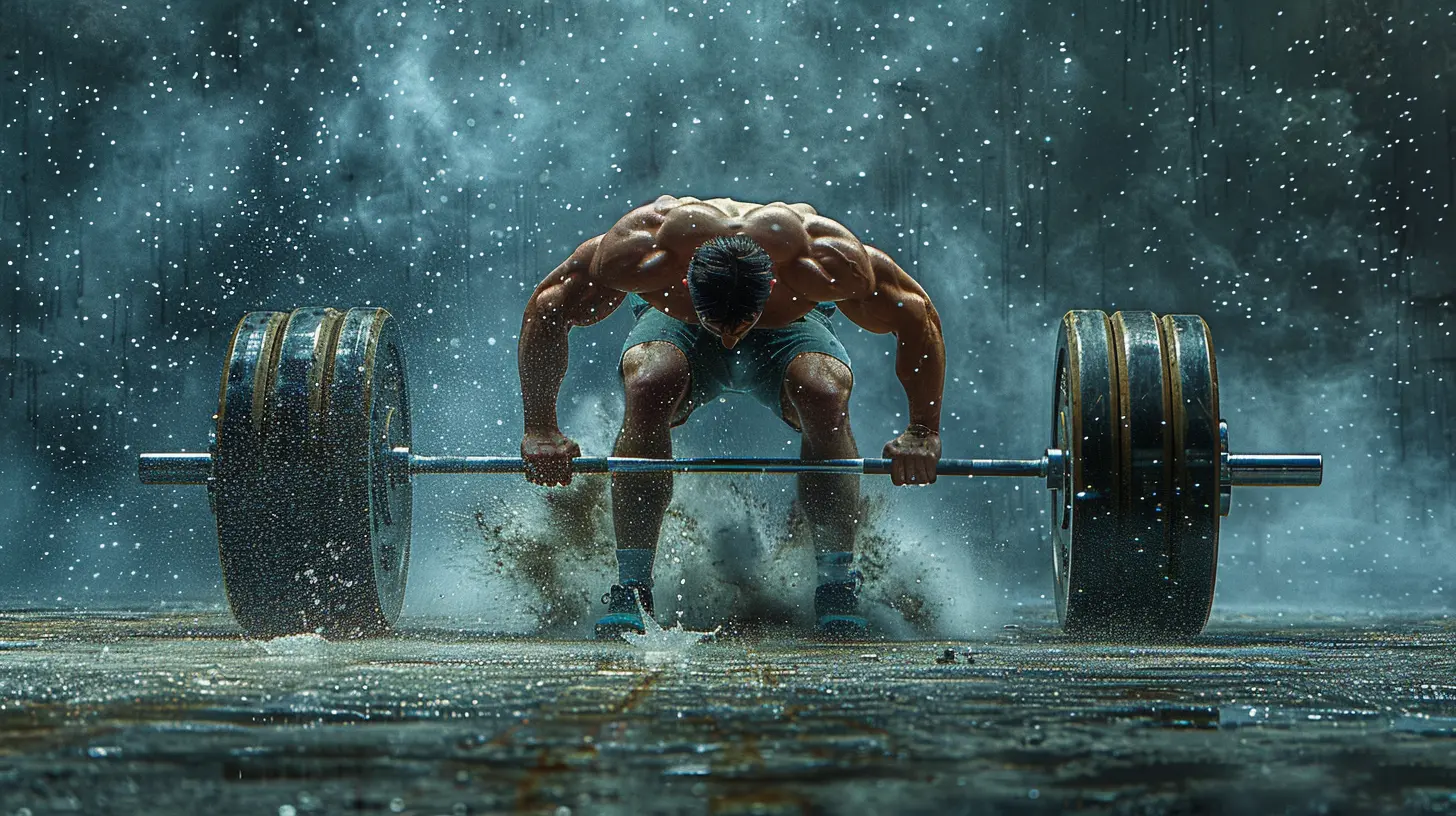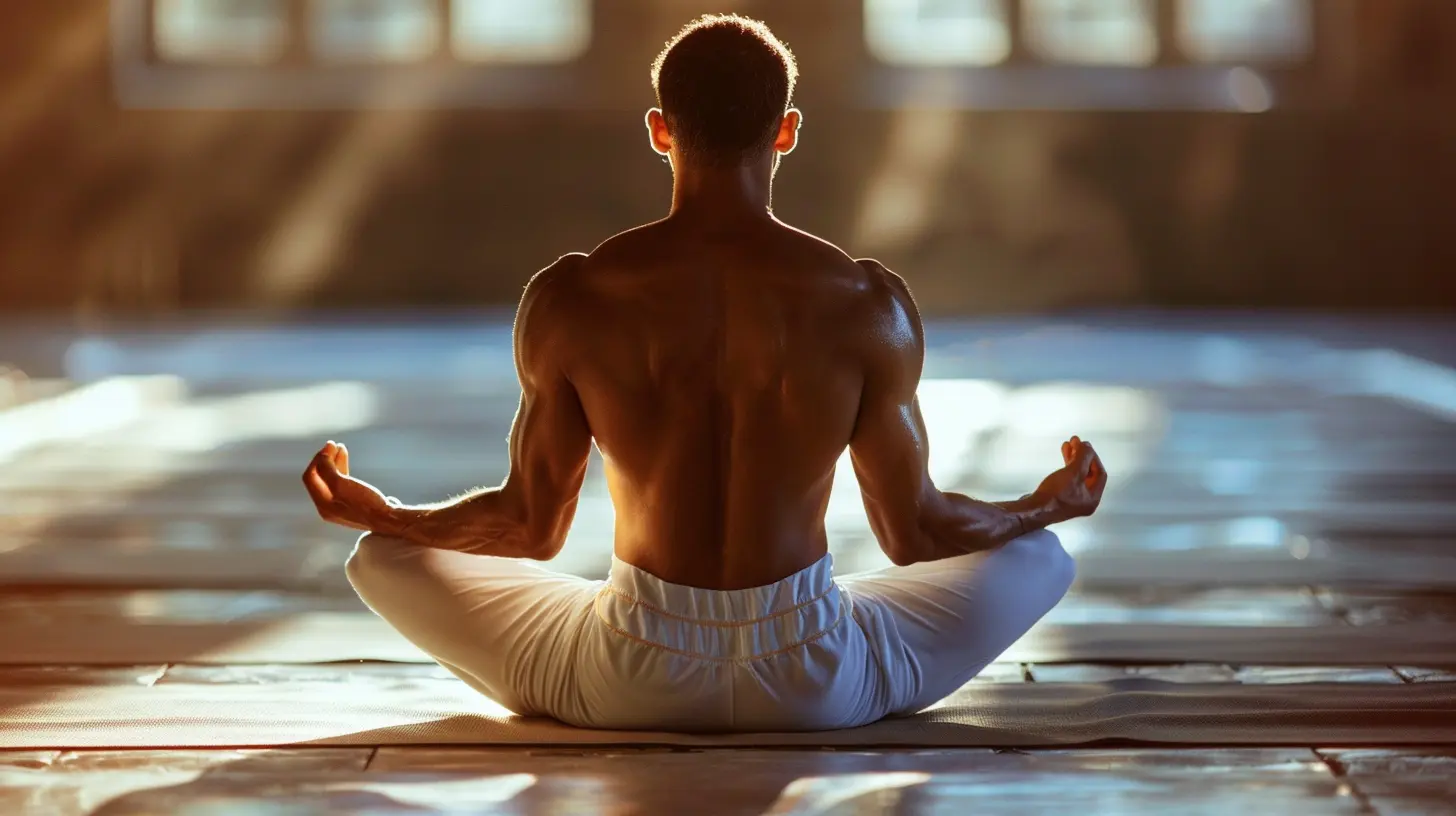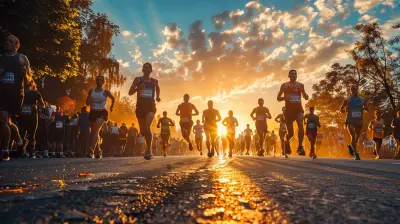Yoga for Weightlifters: Stretching for Strength Gains
30 June 2025
So, you crush it at the gym, pushing barbells like they owe you money. Your squat depth is textbook, and you’ve got the deadlift calluses to prove your dedication. But let me ask you a question — when was the last time you touched your toes without wincing? Or held a deep lunge without your hips crying for mercy?
Yeah, I get it. Yoga and weightlifting sound like polar opposites. One is all about inner peace and slow, controlled breathing. The other is loud, powerful, and explosive. But here’s the kicker — combining both could be the secret weapon you didn’t know your training plan was missing.
In this article, we’re diving into why yoga isn’t just good for weightlifters — it’s essential. You'll see how incorporating some strategic stretching can actually help you lift heavier, recover faster, and stay injury-free.
Why Should Weightlifters Care About Yoga?
Alright, sit down (or maybe stretch while you read this — go on, hamstrings won’t stretch themselves). Let's tackle the big one first: why yoga?1. Flexibility Isn’t Just for Gymnasts
You may not need to bust out a split during a deadlift, but having better flexibility translates to better movement patterns. Think about your hips in a squat or your shoulders during a press. Tight muscles restrict your range of motion, which limits how much power you can generate.Yoga steps in by gently lengthening those tight muscles and opening up stiff joints. The result? Deeper squats, smoother lifts, and a body that moves like a well-oiled machine.
2. Injury Prevention Is Key for Longevity
Lifting heavy is no joke. Over time, the repetitive nature of big compound lifts can wear down even the most iron-willed lifters. Muscle imbalances, poor posture, or simply neglecting mobility can lead to nagging injuries.Yoga brings balance. It strengthens small stabilizer muscles, improves joint mobility, and helps correct postural issues. It's like giving your body a tune-up that keeps you going strong for years, not months.
3. Enhanced Recovery = Bigger Gains
Let’s be honest. Half the battle in gaining strength is recovery. If you're always sore, bitter, and tight, your muscles aren’t going to grow — they’re just trying to survive.Yoga boosts circulation, promotes lymphatic drainage, and even helps release tension in fascia (that sticky connective tissue that wraps around your muscles). Throw in some cooldown yoga after your lifting sessions, and you’ll recover faster with less soreness.
How Yoga Supports Strength Gains
Let’s connect the dots. You’re here to make gains, right? So, how does stretching and breathing on a mat actually help you lift more?Improved Range of Motion = More Power Output
Here’s a quick example: If your ankles are tight, you can’t squat as deep. That shortens your range of motion and reduces how much force you generate through your heels.By improving ankle, hip, and shoulder mobility through yoga, you engage muscles more efficiently. That means every part of a lift — the setup, the movement, and the lockout — becomes stronger and smoother.
Core Strength and Stability
Don’t underestimate yoga’s ability to torch your core. Poses like Plank, Boat, and Warrior III challenge anti-rotation, bracing, and balance — all crucial in compound lifts like squats, deadlifts, and overhead presses.You’ll also get better at breathing under tension — a skill that transfers beautifully to heavy lifts.
Mind-Muscle Connection and Focus
Yoga teaches intentional movement and awareness. You learn how to breathe through discomfort, to listen to your body, and to be fully present in the moment.Sound familiar? That’s the same kind of mental discipline you need when you’re grinding through a heavy set.
Best Yoga Poses for Lifters
Okay, let's get to the good stuff. Below are yoga poses that should be in every weightlifter’s toolkit. You don’t need incense or chanting — just your body, a mat, and some willingness to feel like a stiff robot at first.1. Downward-Facing Dog
Why it’s great: Stretches hamstrings, calves, and opens up the shoulders.This pose is like the swiss army knife of yoga. It hits posterior chain tension hard and helps decompress your spine after a heavy lifting session.
Tip: Bend your knees slightly if your hamstrings are tight. Focus on pushing your hips back rather than trying to force your heels down.
2. Pigeon Pose
Why it’s great: Targets your hip flexors and glutes.If you lift, chances are your hips are tighter than elbow sleeves after wash day. Pigeon pose opens up that whole area, helping prevent hip impingement and improving your squat mechanics.
Tip: Go slow. This one hits deep. Use a yoga block or pillow if your knee needs support under your hip.
3. Lizard Pose
Why it’s great: Deep hip opener, stretches quads and hamstrings.This is the pose that gets into the nooks and crannies. It's a mobility goldmine, especially for those who struggle with depth in squats or posture in deadlifts.
Tip: Keep your back leg straight to work your hip flexors more. Or drop your back knee down for a less intense stretch.
4. Cat-Cow Stretch
Why it’s great: Mobilizes your spine, loosens up the back.If you’re overhead pressing or deadlifting, your spine needs to move well. Cat-Cow improves spinal fluidity and can help wake up those underused muscles between your shoulder blades.
Tip: Sync your movements with your breath — inhale for Cow, exhale for Cat.
5. Twisted Low Lunge
Why it’s great: Targets thoracic spine rotation and hips.Thoracic (mid-back) mobility is often overlooked but super necessary for heavy lifts, especially those involving overhead movement or squatting with upright posture.
Tip: Keep hips square and rotate through your upper body, not your lower back.
How to Incorporate Yoga Into Your Training
Integrating yoga into your routine doesn’t mean you need to replace your lifting days with hot vinyasa sessions. It’s all about balance, baby.Pre-Workout: Dynamic Yoga Flows
Before lifting, the goal is to wake up your body, not put it to sleep. Try a 5–10-minute flow that incorporates:- Cat-Cow
- Forward Fold
- Lunge Twists
- Downward Dog into Upward Dog
Keep movements active and fluid. Think of it as greasing the wheels before a big lift.
Post-Workout: Recovery and Lengthening
After you’ve crushed your lifts, now’s the time to hold some static poses to stretch those taxed muscles:- Pigeon Pose
- Child’s Pose
- Reclining Hamstring Stretch
- Seated Forward Fold
Hold each pose for 30–90 seconds, focusing on your breath.
Rest Days: Full Yoga Sessions
On your off days, consider doing a 30–60 minute gentle yoga class (plenty are available online for free). This helps with active recovery, reduces stress, and keeps your body moving without overloading it.Yoga Tips for Lifters (Without Losing Your Gains)
Here are a few key tips if you’re new (or skeptical) about yoga:- Start Slow: You don’t need to nail a headstand. Focus on basic poses that target lifting muscles.
- Prioritize Breath: Deep breathing increases oxygen flow and helps release muscle tension.
- Modify Your Practice: Use blocks, straps, or cushions to support your body. This isn’t about being perfect; it’s about progress.
- Consistency > Intensity: Like any other form of training, yoga works best when done regularly. Even 10 minutes a day matters.
- Respect Your Limits: If a stretch feels sharp or painful, back off. Yoga should challenge, not injure.
Real Talk: What You Gain from Stretching
Still think yoga’s just for hippies in hemp pants? Let’s break it down.- You’ll reduce soreness.
- You’ll increase joint range of motion.
- You’ll improve balance and coordination.
- You’ll boost your mental focus.
- You’ll lessen the risk of injuries that could sideline your gains.
And perhaps most importantly, you’ll feel better in your own body. Because what’s the point of being strong if you’re stiff, achy, and moving like a robot?
Final Thoughts
Yoga isn’t just a flexibility hack — it’s a strength cheat code. The fusion of yoga and lifting creates a synergy that strengthens not just muscle, but the whole system: joints, tendons, breath, and mind.So whether you're a gym bro chasing plates or a competitive lifter chasing PRs, give yoga a serious shot. Roll out a mat, breathe deep, and stretch like your strength depends on it — because it actually does.
all images in this post were generated using AI tools
Category:
YogaAuthor:

Nelson Bryant
Discussion
rate this article
1 comments
Darrow Potter
Embrace yoga as a powerful tool for weightlifters! It enhances flexibility, promotes recovery, and ultimately boosts your strength. Lift strong!
July 4, 2025 at 1:09 PM

Nelson Bryant
Absolutely! Yoga complements weightlifting by improving flexibility and aiding recovery, leading to greater strength gains. Lift strong and stretch well!


